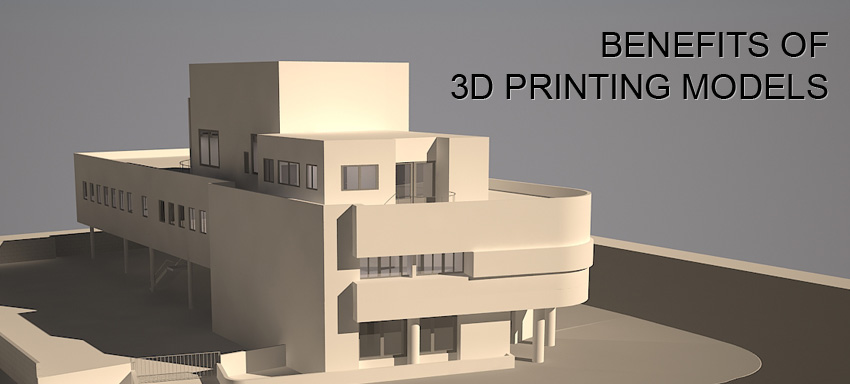
The architecture business is a relentlessly competitive industry. Clients have an incomprehensible variety of options, that drive architectural firms to look for execution and development.
The 3D printing models for architecture are day by day gaining the prevalence for modelers due to the upper hand that it offers with the design procedures.
Today 3D printing models for architecture is a key tool for creating conceptual models to inspire customers and investors.
The exactness of computer stimulation and the substance of a scale model is joined by the technology developing the computer drawing to photorealistic renderings.
The crucial benefits of 3D printing models for architects are that it spares time and money while expanding the incentive to the customers. On account of the adaptability of 3D printing, what the client gets what client needs.
Read on further to learn why architects are joining the 3D printing revolution!
1. Virtual design to clients
A 3D printing models of the building takes out the guesswork and hypothetical nature of specialized drawings and sketches. So, a point by point scale model of the project can be a profitable method for conveying your plan thought to associates and most essentially to your clients.
Conveying the idea – giving a profundity, measurement, and surface to a project – it’s a right approach to be exceptional.
2. Saves Time
When you put in a request for 3D print models, on the other hand, you can deal with other critical undertakings. As the 3D printer will carry out the task autonomously while also diminishing the expenses up to 75% along with saving time.
Moreover, a 3D printer can work constant overnight for the bigger and complex models, which take more time to print, for example, double-curved surfaces or complex facades.
3. Great Quality Models
Proficient 3D printers print architectural models with an extraordinary level of detail and quite smooth surfaces. Going into a meeting with a correct model of the building project is an incredible perception device.
Also, a proficient approach to making an enduring impression. The innovation takes into account external and internal fine detail visualization.
Also, you can choose from an extensive variety of materials for designing your model. Polyamide (nylon plastic) has a tendency to be the most well-known material among modelers. Scale modelers regularly opt for Prime Gray.
But multicolor is your most logical option if you require vivid components and would prefer not to paint your Polyamide or Prime Gray model by hand. What’s more, you can even include transparent components (Transparent Resin) or metal parts (Steel, Brass, and so forth.) to your model.
4. Re-edit, Re-use and Reprint
If your client requires the changes., to be more flexible with your models, you can simply edit the file, share it with colleagues and re-print the object.
There are accessible 3D printing models fibers that are created industrially from reused containers of polyethylene terephthalate (PET); are plant-based and are biodegradable; also, waste materials can be reused.
3D printing models for architects engage them effortlessly make complex, precise and tough scale models rapidly and cost-viably.
Wonderful 3D printed architectural scale models can help draftsmen awe their clients and seize more opportunities. The greater advantage of 3D printing models is that this could be possible in-house, in a matter of clicks.
